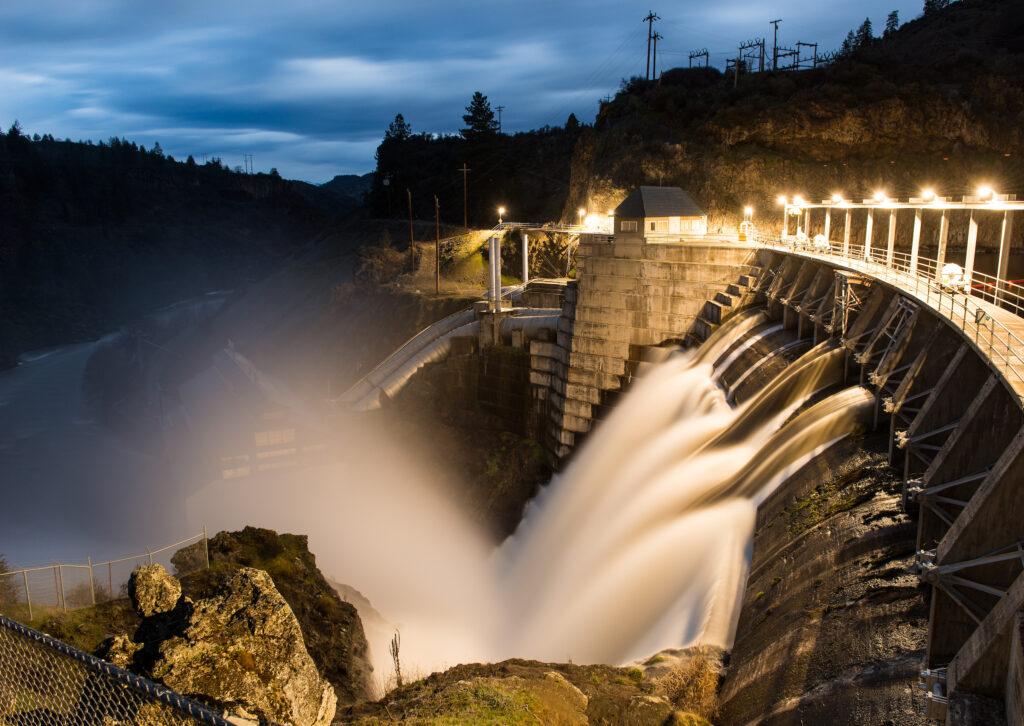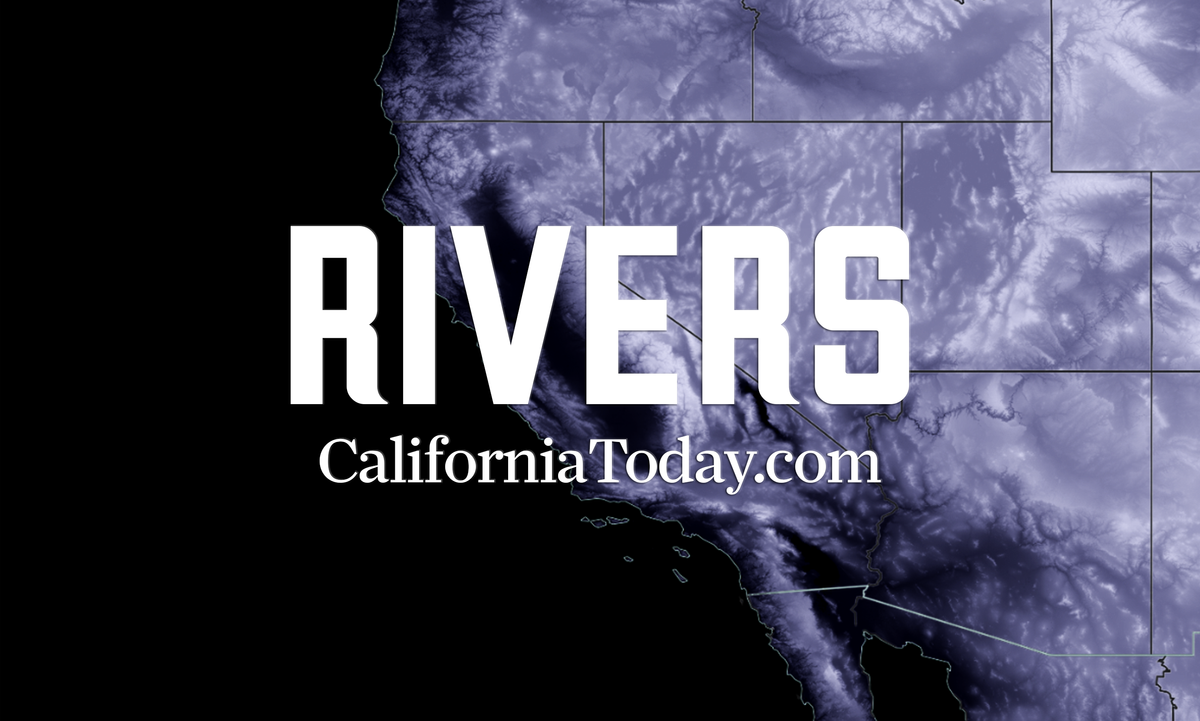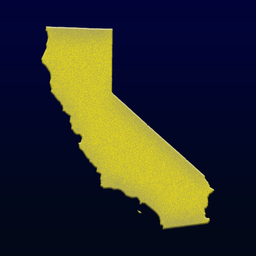The Klamath River is one of California’s most iconic and ecologically important waterways. Flowing from southern Oregon into Northern California, the Klamath travels over 250 miles before reaching the Pacific Ocean near the town of Klamath, California. It is one of the largest rivers in the state by volume and is deeply tied to Native American history, salmon ecosystems, and major restoration efforts.
Klamath River Overview
Originating from Upper Klamath Lake in Oregon, the Klamath River carves a rugged path through forests, canyons, and coastal landscapes before emptying into the Pacific Ocean. Along its journey, the river supports diverse ecosystems, including ancient redwoods, mountain meadows, and riparian wetlands.

Historically, the Klamath has been a vital source of food, transportation, and cultural identity for several Native American tribes, including the Yurok, Karuk, Hoopa Valley, and Klamath Tribes. Salmon and steelhead fishing has been central to the river’s legacy for thousands of years.
Ecological Importance
The Klamath River is home to one of the West Coast’s most significant salmon and steelhead runs. Despite challenges from dams, drought, and changing water management, the river remains a critical habitat for:
- Chinook salmon
- Coho salmon (listed as threatened under the Endangered Species Act)
- Steelhead trout
- Pacific lamprey
The river’s wetlands and floodplains also support migratory birds along the Pacific Flyway and provide refuge for numerous plant and animal species.
River Restoration
The Klamath River is currently the focus of the largest dam removal and river restoration project in U.S. history. Starting in 2023, several major dams on the Klamath — including Iron Gate, Copco 1, Copco 2, and J.C. Boyle — are being removed to restore fish migration routes and improve the overall health of the river system.

This ambitious project aims to:
- Reopen over 400 miles of historical salmon habitat
- Improve water quality and reduce toxic algae blooms
- Revitalize Native American fisheries and cultural practices
Dam removal on the Klamath is seen as a model for river restoration worldwide.
Recreation on the Klamath River
The Klamath River offers a wide range of outdoor activities, including:
- Rafting and kayaking: Sections like the Lower Klamath provide exciting whitewater runs.
- Fishing: Anglers come for salmon, steelhead, and trout.
- Camping and hiking: Numerous campgrounds and trailheads are located near the river’s banks.
- Wildlife watching: Birdwatchers, in particular, enjoy the river's diverse habitats.
Major access points include Klamath Glen, Happy Camp, and Orleans in Northern California.
Learn More About California Rivers





